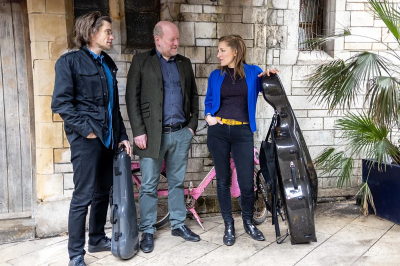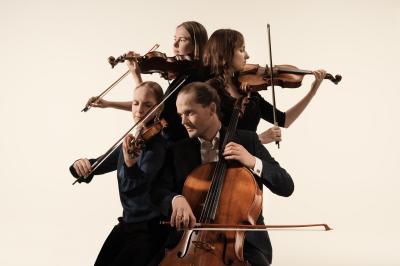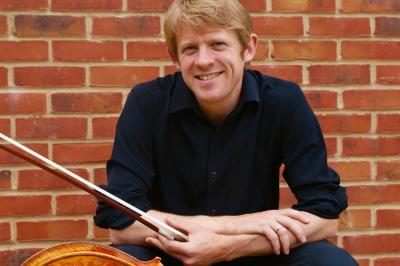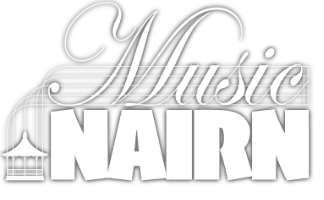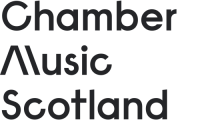Primrose Quartet
As Susanne Stanzeleit pointed out in her introduction to The Primrose Quartet's concert for Music Nairn, most pieces in the piano quartet repertoire are substantial, and indeed two of the three works in their concert fully lived up to this billing. However the real find of the evening was a charming one-movement Barcarolle by the French composer Saint-Saens. The relative obscurity of this work is perhaps partly explained by the fact that it was originally composed for violin, harmonium, cello and piano, a nod in the direction of the mid-nineteenth-century French vogue for this diminutive organ. Transcribing the harmonium part for viola produces a very effective piece for conventional piano quartet, although as the piece unfolded with its gently rocking rhythms and flowing lines I occasionally thought I heard the ghost of a harmonium.
The Saint-Saens proved the perfect appetiser for Fauré's second Piano Quartet, one of the major works alluded to by Stanzeleit. Glancing at the score as John Thwaites negotiated the exceptionally busy piano part, I was struck by how that part dominated the printed page, like a black tyre-track running across each sheet. While Fauré himself was no piano virtuoso, the nervous rippling of the part in most of his chamber music with piano is difficult to maintain. This was beautifully achieved by Thwaites and his ensemble, although just occasionally I felt that the piano’s melodic contributions lacked a little definition. Generally this was a wonderfully sweeping account of this eloquent music, and the flamboyant waltz rhythms of the finale brought things to a suitably spectacular conclusion.
The second half of the concert featured another of the truly 'big beasts' of the repertoire, Brahms' second Piano Quartet in A. In several visits to Inverness and Nairn over the years, the Primrose Quartet have delighted us with all three of Brahms' Piano Quartets, and they clearly love this challenging and expressive music. The second Quartet is a work of love, sunshine and optimism, perhaps less highly flavoured than the other two, but rich in lovely Brahmsian melodies and with a pinch of Hungarian spice. A youthful work, composed when Brahms was living happily in Hamburg, he took it with him along with the first Piano Quartet by way of a musical letter of introduction when he visited Vienna – both works undoubtedly played a part in his subsequent triumphant move to the musical capital of Europe. The Primrose Quartet are clearly utterly at home in this repertoire – they love the music of Brahms and their performances of it have a definitive quality which speaks of years of familiarity. A suitably rapturous reception from the capacity Music Nairn audience elicited an encore – more Brahms, of course, and the ensemble's own arrangement of the composer's evocative first Hungarian Dance. And you could truly taste the Tokaji in their exhilarating playing!
Forthcoming Events
